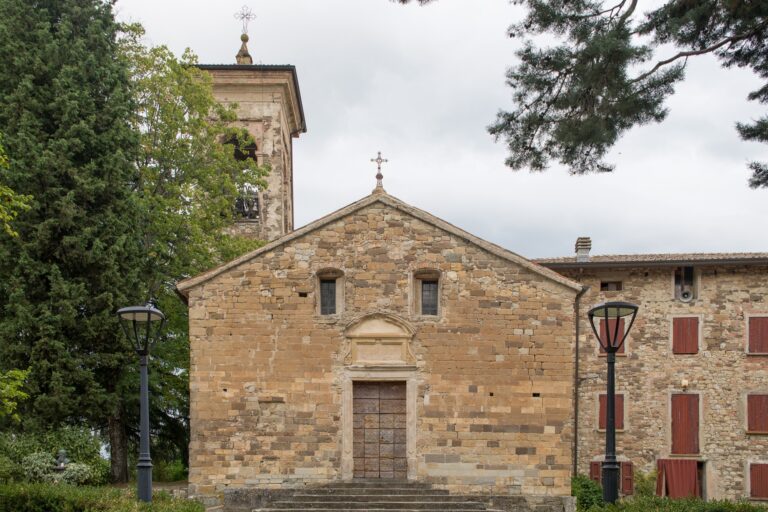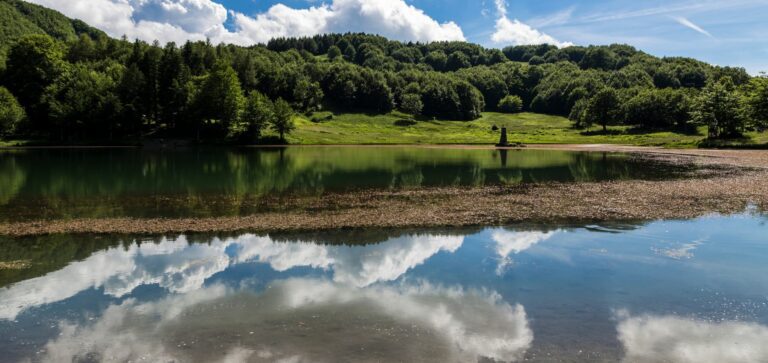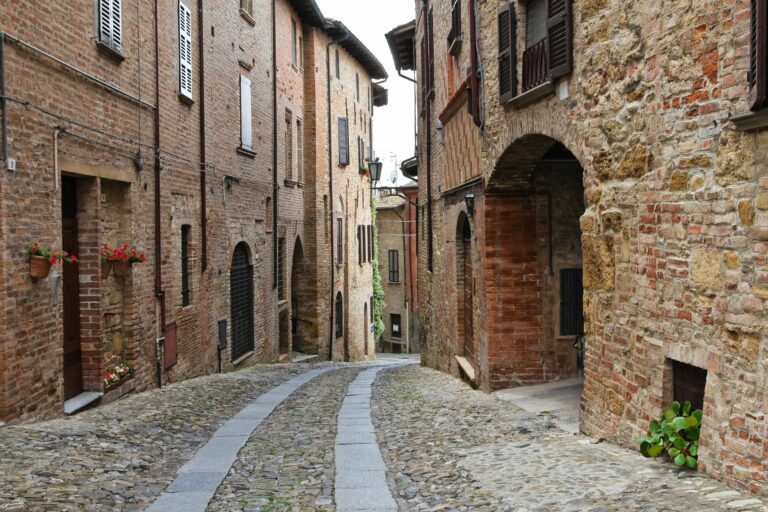The city of Reggio Emilia boasts numerous historical palaces of great architectural and cultural interest. Here we have selected seven that we highly recommend you visit.
City Hall
If we talk about historical buildings in Reggio Emilia, we cannot fail to mention the City Hall. Located in Piazza Prampolini, near the Duomo, it was built between 1414 and 1417 and later enlarged. The seat of Reggio Emilia’s institutions since 1434, it is one of the city’s most important buildings. The façade, rebuilt in 1774 to a design by Ludovico Bolognini, is characterised by a vast portico with three serliana-style arches, supported by Tuscan-style columns. Some of the interior rooms are embellished with 19th-century paintings. The palace, being municipal seat, cannot be visited freely. However, it does lead to the Tricolour Room (which can be visited during the opening hours of the Tricolour Museum), where on 7 January 1797 the representatives of the free cities of Reggio, Modena, Bologna and Ferrara proclaimed the Cispadane Republic, adopting the banner that later became the national flag.
San Giorgio Palace
Located along Via Farini, on the corner of an ancient Roman insula, San Giorgio Palace was built in the first half of the 18th century by the Jesuits to establish a college and various types of schools. The project was entrusted to the Bolognese architect Giuseppe Torri. When the Jesuits were suppressed in 1773, it passed to the Canons Regular of the Blessed Sacrament. Once this order was also suppressed, it served as a public school, archive and library until the restoration of the Estensi (1814), which allowed for the return of the Jesuits and the reopening of their schools. In 1859 it passed to the Municipality. It currently houses the Antonio Panizzi Municipal Library and can be visited during its opening hours.
Magnani Palace
Another historical palace in Reggio Emilia is Magnani Palace, a small treasure chest where the ancient and the modern merge to provide space for art, dialogue and sociability. Situated along Corso Giuseppe Garibaldi, it was built in the second half of the 16th century by the Counts Becchi. In the early 19th century, it was sold to another noble family, the Chioffi, who carried out major restoration work, giving it its current configuration. After several changes of ownership, in 1917 it was purchased by Giuseppe Magnani, who, upon his death in 1960, transferred ownership to his son Luigi, an art collector and musicologist. Upon Professor Magnani’s death, it was purchased by the Province of Reggio Emilia. The building has a neoclassical façade and features a rusticated ashlar sequence on the mezzanine floor with two orders of windows separated by a large central doorway. The palace is used as a venue for exhibitions and can only be visited during scheduled events.
Salvador Allende Palace
Also along Corso Giuseppe Garibaldi, and precisely opposite the Basilica della Beata Vergine della Ghiara, is Salvador Allende Palace, also known as Ducal Palace. It was erected, to a design by architect Pietro Armani, at the end of the 18th century as the seat of the Governor on the site of a pre-existing monastery (founded in 1260), and remodelled in its current form, with access to the three internal courtyards, by architect Pietro Marchelli between 1838 and 1845. The palace can be visited in the parts open to the public during the opening hours of the Prefecture and the offices of the Province of Reggio Emilia. The Provincial Council Chamber is decorated with beautiful tempera paintings by Reggio Emilia painter Prospero Minghetti.
Da Mosto Palace
Da Mosto Palace is one of the most significant 15th-century residences in Reggio Emilia. The palace was commissioned by Francesco da Mosto, a high ducal official, who purchased the residence in 1472 and transformed it from a ‘domus’ into a ‘palatium’. After Francesco’s death, it passed under various owners until 1857, when it was revealed by Pietro Manodori to open a free kindergarten there (open until 1991). In the 20th century, it became a hospital and a place of refuge during the war. The cornice with rounds of virile heads in terracotta is remarkable, while the interior preserves the ancient painted wooden coffers and traces of original pictorial decorations. Today, owned by the Fondazione Manodori and managed by the Fondazione Palazzo Magnani, it hosts events, exhibitions and activities.
Fontanelli Sacrati Palace
Located in Via Emilia San Pietro, Fontanelli Sacrati Palace is one of the jewels in the crown of the architectural heritage of Reggio Emilia’s historic centre. It was first built in 1492, when the Fontanelli brothers renovated a pre-existing building that had belonged to the Da Correggio family. In the years 1928-29 it underwent ‘restoration’ work that mainly involved the façade and inner courtyard. Particularly noteworthy are the main hall embellished with a regal coffered ceiling, the ancient Verona marble well in the centre of the courtyard, the lantern and the wrought iron gate by Reggio Emilia artist Giuseppe Bagni. The palace is open for events while the inner courtyard can always be visited during the day.
Spalletti Trivelli Palace
A few steps from Fontanelli Sacrati Palace, on the corner of Via Emilia San Pietro and Via San Nicolò, is Spalletti Trivelli Palace, also known as Guicciardi Palace. Dating back to the 15th century, it was purchased in 1685 by the Guicciardi family, who commissioned an initial renovation to architect Giovanni Maria Ferraroni. It was then restored in the first half of the 19th century by architect Pietro Marchelli, in conjunction with the transfer of ownership to the Spalletti Trivelli family. Today it is the headquarters of Credito Emiliano (Credem), which purchased it in 1940. The palace is open for exhibitions and events or by appointment. The visit includes: the archaeological site of ancient Regium Lepidi, with the remains of the Roman city’s Forum; the collection of ancient Emilian paintings from the 16th to 18th century and works of art from the 19th and 20th centuries; and the Oriental art collection.
Main photo © Paolo da Reggio~commonswiki | Photo gallery photo © Reggio Emilia Welcome
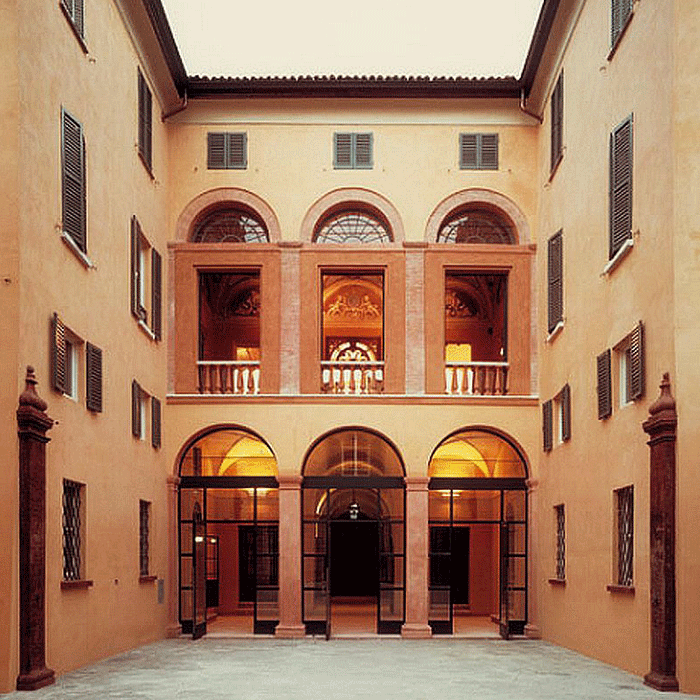
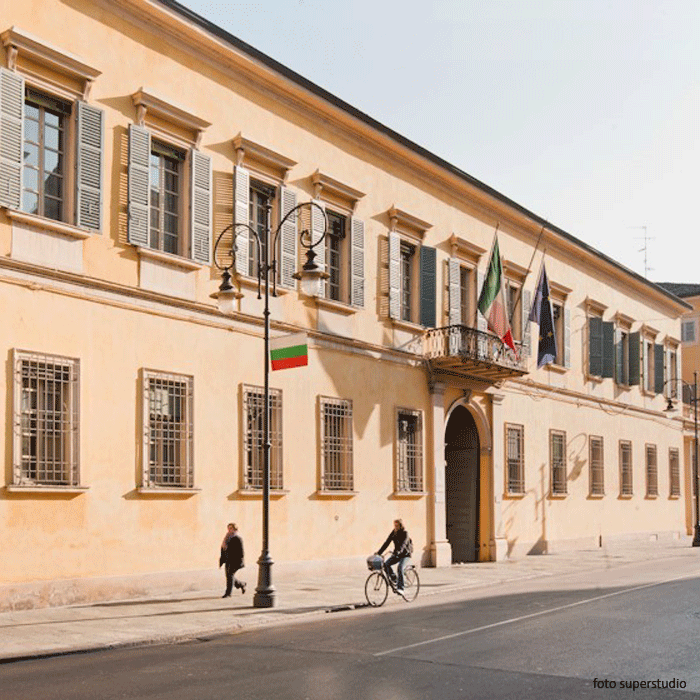
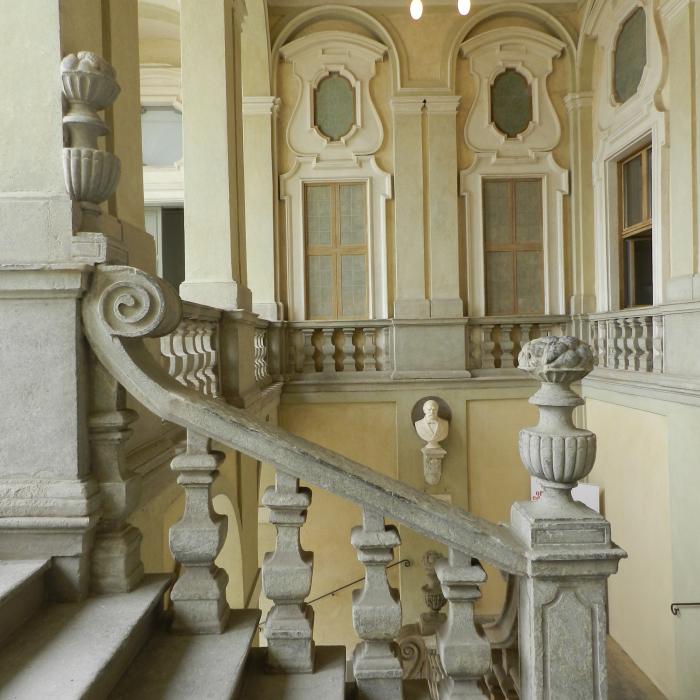
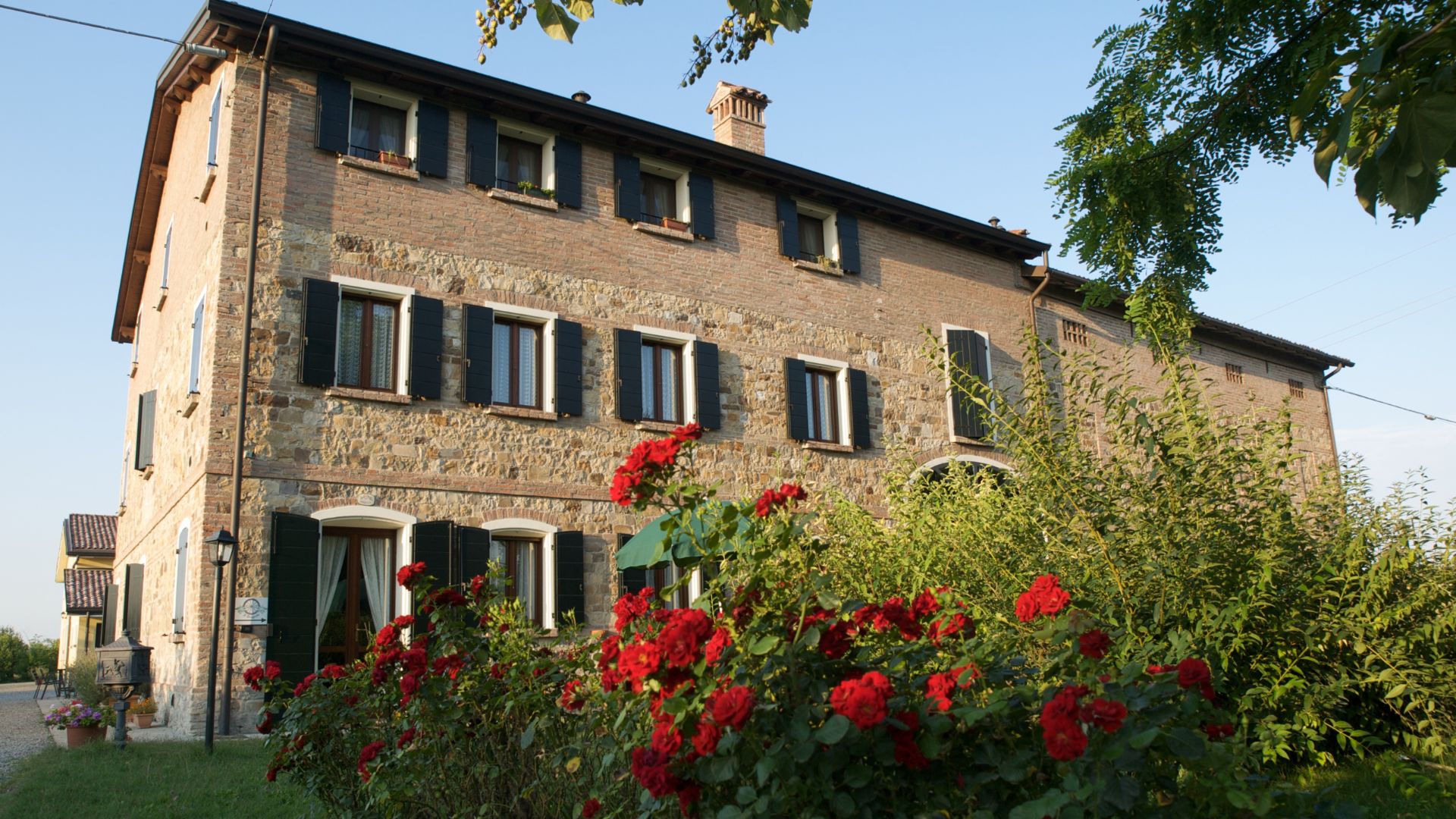
AGRITURISMO IL BRUGNOLO
Welcome to il Brugnolo
If you’re looking for completely independent apartments surrounded by greenery you really are in the right place here!
In fact, Brugnolo is immersed in the green nature of the Emilian countryside. For your relaxation, for that of your children, and again for the runs of your 4-legged friends, you will have 6000 square meters of park at your disposal!

